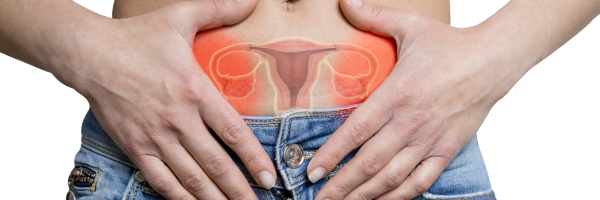
When you decide that you are ready to have a family, you want to understand how best to support your fertility. And, if you have been diagnosed with polycystic ovarian syndrome (PCOS), then you know that you may need some extra help and education to give yourself the best opportunity.
In this blog, we will review the current research for Chinese herbal medicine and PCOS related fertility issues.
Chinese herbal medicine (CHM) is around 3000 years old and involves individual herbal powders that synergised together to create formulas to be decocted and taken as a tea.
In Australia polycystic ovarian syndrome (PCOS) affects 12-21% of reproductive-aged women (Rababa’h et al., 2022) and one in six couples can struggle with fertility (Alfred & Reid, 2011).
Symptoms like anovulation, menstrual irregularities, hirsutism (hair growth), weight gain and acne along with cysts on the ovaries can affect women diagnosed with PCOS (Rababa’h et al., 2022). This can lead to difficulties with fertility, weight gain and irregular cycles as PCOS can affect ovulation and menstruation. It also disturbs hormone levels, like AMH and testosterone, with insulin resistance a key feature.
In biomedicine, lifestyle intervention including diet and exercise are recommended (Rababa’h et al., 2022) and pharmacological intervention can be clomiphene, letrozole, metformin, gonadotrophins or surgical therapy including laparoscopic ovarian surgery.
EVIDENCE SUMMARY – PCOS & Chinese Herbal medicine
There is positive research for women with PCOS wanted to achieve a positive pregnancy with CHM yet overall, the evidence is of a low quality. Additionally, some research highlighted an improved outcome when CHM and pharmaceuticals were used concurrently.
When the current evidence is reviewed for CHM, PCOS and fertility Lee at al.’s (2021) review of CHM for fertility stated that CHM ‘tended to be effective’. The combined improvement in results was reflected in more than one trial yet bias or methodological quality was a factor. There was some evidence to suggest that CHM and biomedical drugs like clomiphene, letrozole and progesterone when used together may improve pregnancy rates (Lee et al., 2021) yet here there was also a risk of bias.
In one fertility systematic review (SR) using CHM, pregnancy rates improved two-fold within a three-to-six-month period compared with fertility drugs (Ried, 2015). Pregnancy is a big goal and can take a few menstrual cycles to achieve depending on your situation. Clinically, we use the markers of ovulation and menstruation. Fertility indicators that are assessed during treatment include ovulation rates, cervical mucus, basal body temper charting and endometrial thickness. All of these markers showed positive improvement with CHM treatment (Ried, 2015).
Wang et al. (2021) included eighteen publications and found that PCOS symptoms were improved with CHM yet insufficient evidence was reported due to poor quality research design and issues with analysis. Thirteen of the fifteen systematic reviews that reported on clinical efficiency showed an improvement in the CHM group. Improvement was also seen for testosterone, follicle-stimulating hormone, and luteinizing hormone levels (Wang et al., 2021).
In regard to the limitations of CHM, it is mostly considered safe when used by qualified AHPRA registered practitioners, some herbs can be toxic if administered incorrectly and there are contraindications for some herbs and formulas (Lee et al., 2021). Wang et al. (2021) found seven SR reported on adverse effects and overall, there were fewer adverse effects in the CHM than the biomedicine groups.
